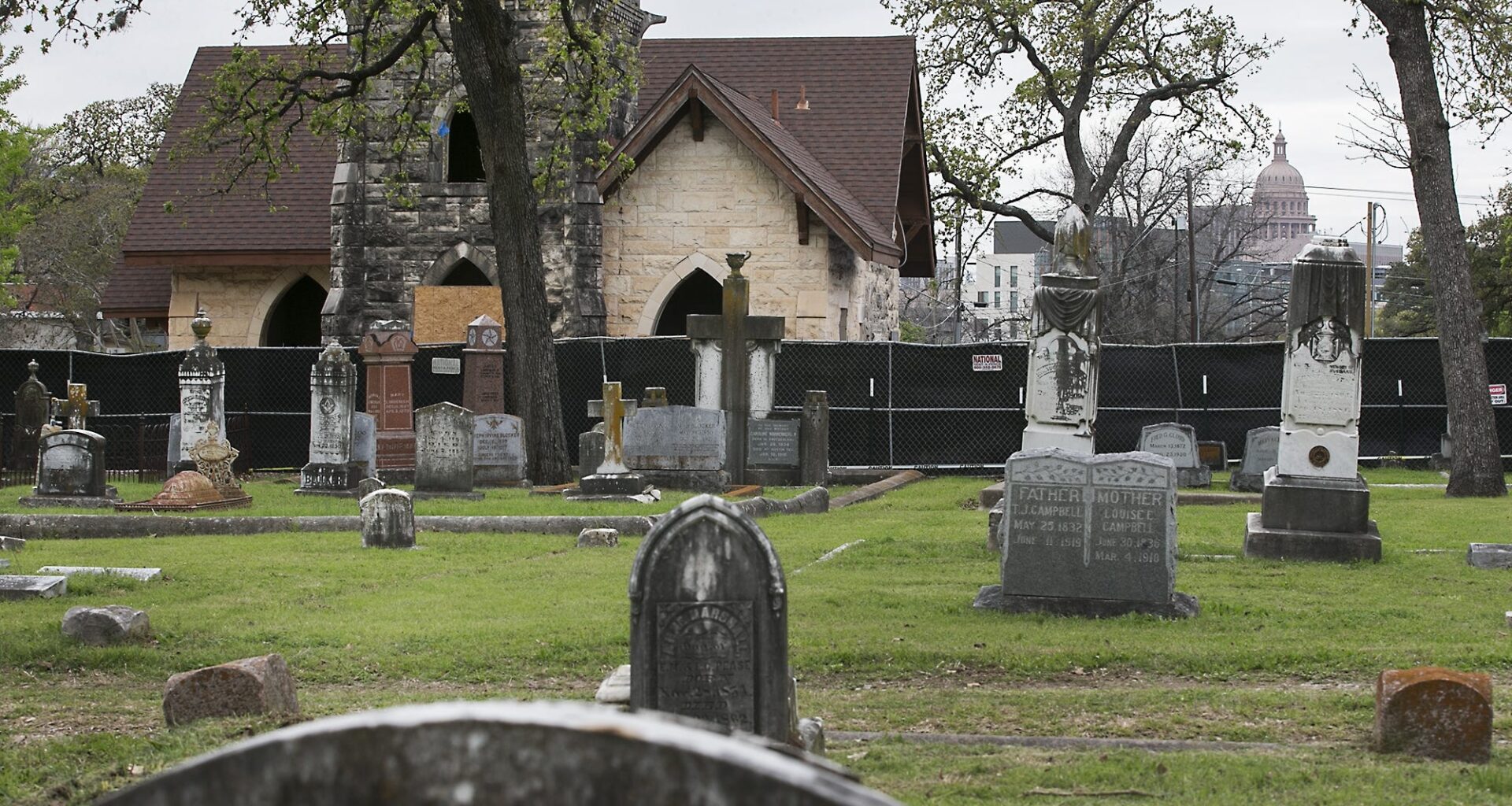You may not think of Austin as a particularly old city — and it’s true, when you compare it to places in New England or elsewhere along the East Coast.
But the city has a rich history dating back to December 1839, when it was founded as the capital of the Republic of Texas. That same year, Austin’s first public cemetery was established. Now known as Oakwood Cemetery, the 40 acres at 1601 Navasota St. in East Austin, is the final resting place of at least 23,000 Texans.
And according to a study conducted by life insurance company Choice Mutual, it’s one of the spookiest cemeteries in the country. The company surveyed just over 3,000 people in an online poll then cross-referenced that data with nationwide population data. Out of the 150 cemeteries listed, Oakwood ranked at No. 101. Nonprofit group Save Austin Cemeteries annually hosts tours of Oakwood, telling stories of the people buried there.
The oldest recorded burial was in 1841, but some speculate that the first burial was that of an enslaved person who was killed in 1839 while traveling between Bastrop and Austin. That person is reportedly interred just south of the cemetery’s entrance.
Over the years, various notable Texans were interred at Oakwood, including:
Oakwood Cemetery is also the final resting place of at least three victims of the Servant Girl Annihilator, one of the first known serial killers in the United States: Eula Philips, Susan Hancock and Rebecca Ramey.
Various organizations throughout Austin purchased plots for their members over the years, including the Texas School for the Deaf, the Austin Fire Department and the Masonic Lodge.
The Austin Parks and Recreation Department received a grant to study a three-acre segregated portion of the cemetery from the 1800s full of primarily unmarked graves. The staff at the chapel on the cemetery grounds worked to find descendents of those thought to be buried in the area, which has only 300 monuments in an area estimated to have thousands of burials. The group working on the cemetery published a website to track the rehabilitation and research efforts.

